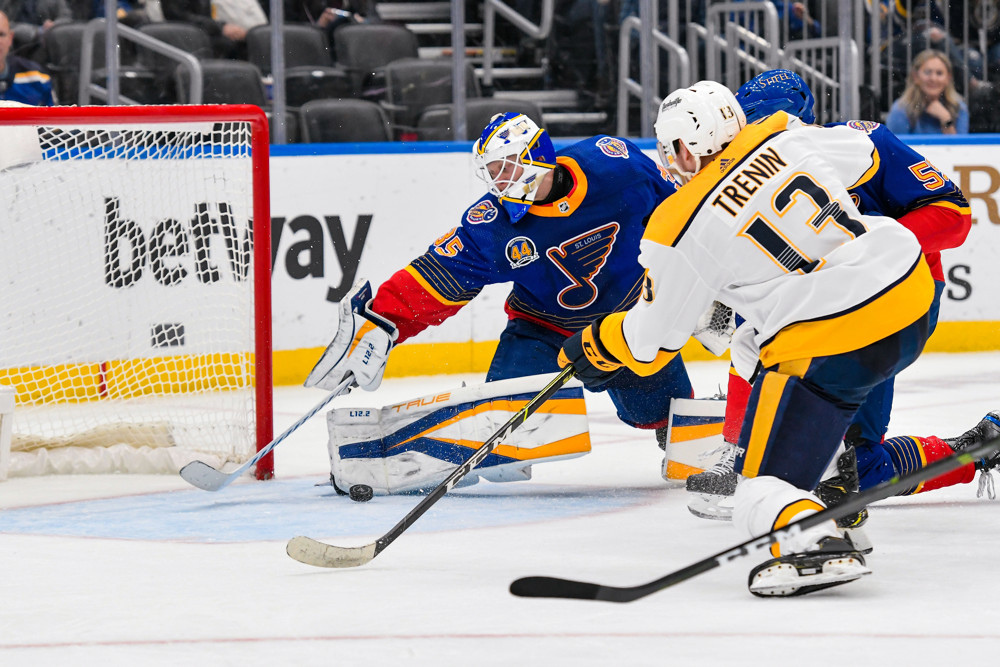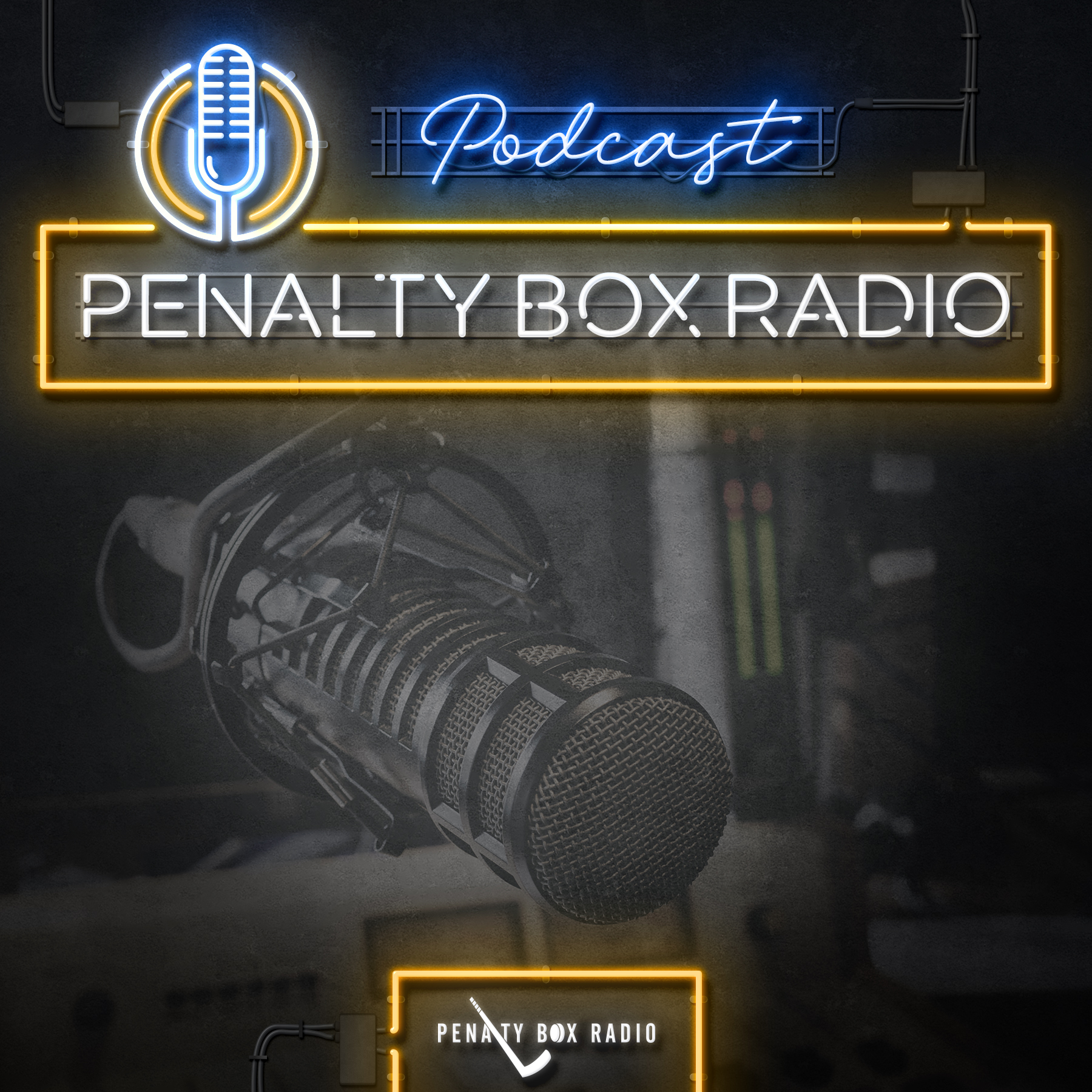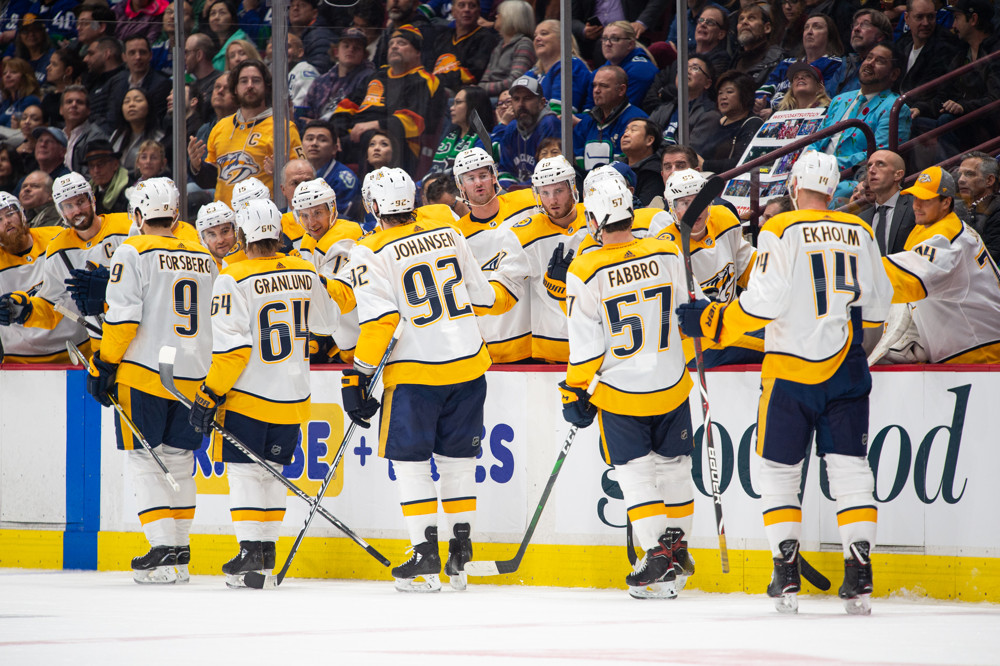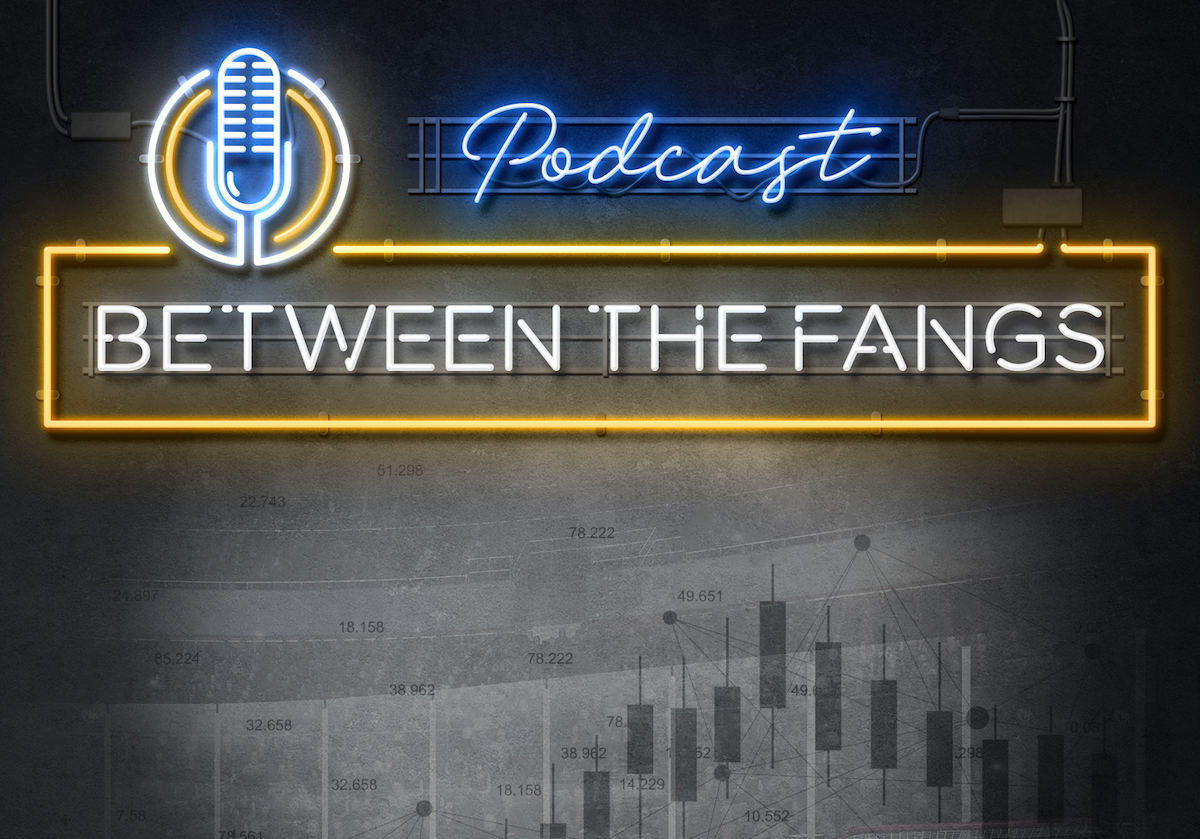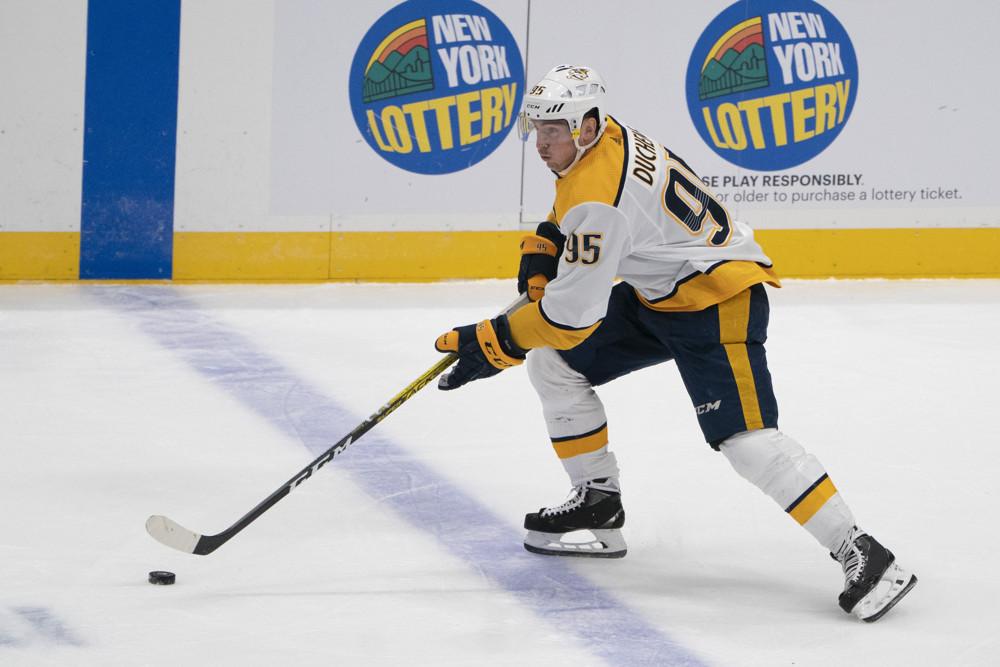
Monday was probably the best trade deadline in the last half decade or so. Stars were traded, risky rentals were moved for great and terrible returns, and the Ottawa Senators are soon to be relegated to the AHL, if not directly to the ECHL. There’s a reason I ask for work off every deadline day, and for once in recent memory, it paid off.
I was about ready to crown the Nashville Predators as the losers after Vegas dropped the big one. Alas, David Poile’s contingency plans paid off and the Predators were able to walk away with Mikael Granlund and Wayne Simmonds. The former being an exceptional player who will receive his own examination at the hands of my colleague, Michael Wade.

Simmonds is an interesting specimen who’s been linked to the Predators since the start of the season. He’s a big body at 6’2, but he has a slender frame that allows him to be quicker than one would expect. The Scarborough native is 30 years old and will become an unrestricted free agent after this season ends, about a month before his 31st birthday.
This will likely be Simmonds’ last contract so he’ll want to make more than his current deal worth 3.975 million per year, a steal considering his past production. The Predators decided to take a gamble on him by trading Ryan Hartman, a previous first round pick and a body that was traded for a first round pick, and a fourth round pick of little consequence.
With this little bit of context included, let’s evaluate Simmonds’ and see what he brings to the table that Hartman might’ve lacked.
On-Ice At Five On Five

As we dive into the duo’s on-ice stats, it’s important to remember each player’s team. The Flyers are an objectively bad squad, there’s a reason why they’re seven points out of a playoff spot right now. Their goaltending is a mess and their offense is about as deep as Claude Giroux and Jakob Voracek.
Nevertheless, Hartman’s underlying numbers produce a very positive picture of him. He’s got a 52.88% Corsi, 51.21% shot share, 53.85% goal share, and a 51.35% scoring chance share while starting in the offensive zone 46.08% of the time. The only stat that is midly disappointing is high danger chance share, which falls to a less than mediocre 48.38%.

Simmond’s stats are nowhere near those, although he’s had a tough hand dealt to him. He possesses a 47.14% Corsi, 46.37% shot share, 40.63% goal share, and 49.42% high danger chance share while starting 46.47% of shifts in the offensive zone. Things haven’t been easy for the aging power forward and it’s a little bit surprising to see that the Flyers actually have better high danger numbers without Simmonds on the ice.
That probably has something to do with the fact that Simmonds was mostly paired with Scott Laughton and James van Riemsdyk, but still. It’s not really a good look for your team to be better without you.
I’m not painting Simmonds in the best light, but the numbers speak for themselves. Simmonds is not the same player at five on five that he once was, and that’s just a bit worrying.
Five On Five Offensive Presence

Simmonds has typically been a top-six forward, but has had to slide down the lineup in the last season or two. His five on five game has slipped as he’s gotten up there in years, but that’s to be expected. Power forwards are like running backs, they have a set expiration date that wavers to nothing.
It seems as if father time’s rules have not bent towards Simmonds’ benefit, as his five on five game has taken a significant hit this season. He currently has a nine goals and six assists for 15 points, all primary. Not bad but a little disappointing compared to Hartman’s nine goals and nine assists, though only 11 of those are primary. It’s also important to remember that there’s only about a 20-minute separation between the two in time on ice at five on five.

Hartman actually leads in most individual categories, with a delta of 17 for shots, 21 for shot attempts, and six for scoring chances. Despite that, Simmonds leads in the most important category with 49 high danger chances, 10 more than Hartman has. Simmonds has a bit more shooting talent than Hartman does, and it shows. Even though Hartman may have more opportunities, Simmonds is able to convert more often.
You can see it in their per 60 minute rates, Hartman produces 8.14 shots while Simmonds only creates 6.6. Despite this, Simmonds comes out on top with .64 more high danger chances per 60, it might not seem like much but it adds up. Hartman might be quantity, but Simmonds is more quality.

This beautiful visual produced by CJ Turtoro and Corey Sznajder gives a pretty good description of the two players. Simmonds does more in the offensive zone than Hartman, though in different ways. Simmonds’ shot assist numbers were pretty surprising to me considering that I’ve always considered him more a trigger man, rather than someone who dishes. It’s comforting to see as you hope that superior linemates might help Simmonds produce more on the scoresheet.

The visual also tells us is something you would know if you watched these players for more than two games. Hartman is better at moving the puck into the offensive zone. Simmonds is getting slower and needs someone to get him to a place to produce, much like how Craig Smith operates. I’m not sure Simmonds could keep up with the speed of the second line, but the third line isn’t all that great at moving the puck either.

Pieces of the Puzzle
As we get into some other, shall we say, abstract stats, not all of these matter as much as much as what we’ve previously talked about. Still, they provide a more complete view of the picture, so let’s go through it.

Simmonds is labeled as your quintessential “tough guy”, he goes to the hard areas of the ice and will fight if need be. For whatever reason, that need hasn’t really arisen as Simmonds only has one fighting major this season, but does have 14 minors and one misconduct. That adds up to about 43 penalty minutes, Hartman has just under half that with 20. For as much as Simmonds’ takes, he doesn’t always create in return. He’s credited with 13 penalties drawn while Hartman has produced 18 power plays for the Predators.
Both players have been decent on the forecheck as Hartman has 62 hits while Simmonds follows closely behind with 61. Meanwhile in the defensive zone, Simmonds has blocked 21 shots which is only three more than Hartman has.
Lastly, both of their giveaway to takeaway ratios give us a detailed look about their game. Simmonds has only given the puck up 20 times while creating 20 takeways. Simmonds plays a heavy style that is reluctant to give the puck up, but also doesn’t lead to him stealing unless physical contact is involved. Meanwhile Hartman has given the puck away 30 times but has taken it right back 28 times. He’s a much quicker player who thrives in a north-south style that is high risk, but high reward. These numbers don’t really mean much compared to the previous bits on context, but provide us with some more numbers to consider.
Alright, enough of the dumb five on five stuff. Let’s get to where Simmonds will make his money, the power play.
Power Play Perfection
I don’t mean to sound like a jerk, but Simmonds’ five on five contributions have been lacking, the Predators mostly spent their money so as to acquire his power play prescence.
I’m not being over the top when I say that Simmonds is a top three player in terms of power play impact. He’s eighth in the NHL for individual scoring chances created per 60 with 19.84 and second for high danger chances created per 60 with 16.32. With that said, those numbers could be artificially pumped up.
Simmonds’ played on the first unit with Claude Giroux and Jakob Voracek, two power play wizards. The truth is Simmonds’ could’ve done his job well while those two did most of the heavy lifting. I’m not trying to downplay Simmonds’ contributions, but I’m not sure he’s going to save the Predators’ power play.
That said, Simmonds is clearly a positive influence and should help the Predators create more. We’ll see how much of that becomes real goals, but the expected numbers should be decent at the very least. Although, if you trust Evolving-Hockey.com, and you should, Simmonds has actually been a negative goals above replacement (GAR) level player (-1.8) on the powerplay.
Final Take
I don’t really know what to make of this trade. I think the Predators are worse at five on five, and I’m not sure how much better they’ll be on the power play. Losing Hartman stings because they basically flushed away a first round pick, but it’s clear the coaches were never going to give him the minutes or opportunity he deserved. It’s weird because I think Hartman showed signs of being a good middle six player for Nashville, but as fast as his chances came, he was banished to the fourth line just as quickly.
Hartman has a 3.4 even strength goals above replacement rating so far this season, while Simmonds has a .4. In truth, when we account for everything, Hartman has a respectable 3.4 GAR while Simmonds has a less than impressive -1.9. In terms of Wins Above Replacement (WAR), Hartman has a .6 while Simmonds has a -.3.
Evolving-Hockey will be the first to tell you that their system isn’t perfect, but it perfectly describes these two players. Simmonds work on the power play is good, but is it good enough to compensate for how bad he is at five on five? Maybe some new linemates will change things up for the better, but I’m not so certain I’d give Simmonds minutes over Craig Smith or Mikael Granlund.
While I don’t hate this trade, I don’t really like it either. I think the biggest issue is that Hartman was never played in a role that suited his skill set and so he fell out of favor with management. I think this deal could work if the Predators play Simmonds to his strengths, but I’m not sure the coaching staff is able to.
Only time will tell who’s the winner and who’s the loser of this particular trade. I sincerely hope that Simmonds finds another gear in Nashville and becomes the player he was three years ago. The one thing I truly hope for, for the sake of many fans’ mental health, is that the Predators do not re-sign him for more than one year.



